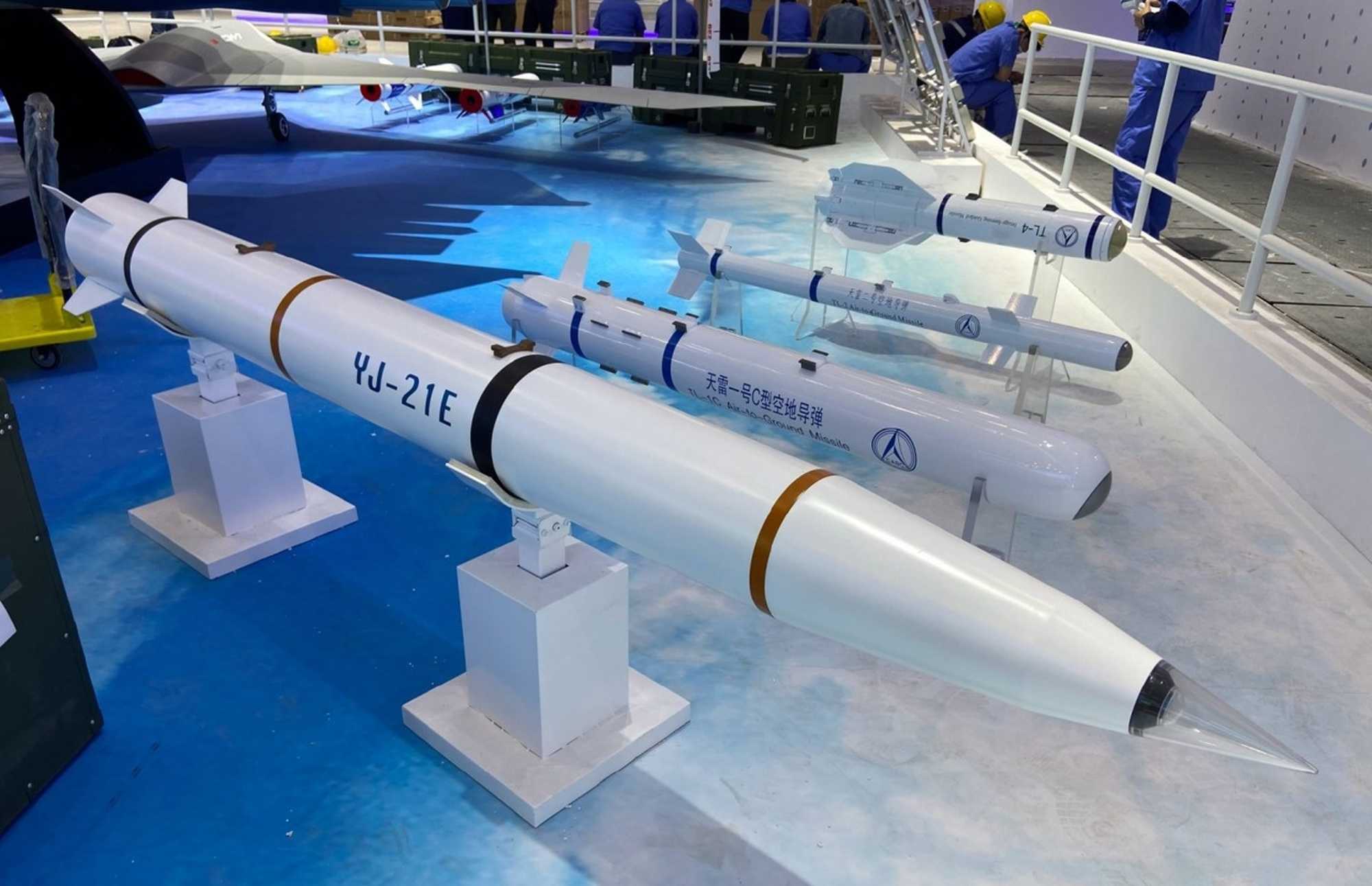In a simulation conducted at a secretive research lab in Chengdu, China, scientists demonstrated a hypothetical scenario where a Chinese military launched a salvo of hypersonic anti-ship missiles, supported by a space-based electromagnetic weapon system, to target the US warships effectively.
The activity was executed by researchers associated with the Science and Technology on Electronic Information Control Laboratory, a division operating under the state-owned China Electronics Technology Group Corporation, Hong Kong-based South China Moring Post claims.
The exercise involved an American aircraft carrier strike group navigating at full speed in the ocean, equipped with warplanes boasting a combat range of 1,000 km (620 miles).
From a distance of 1,200km (745 miles), the PLA launched a salvo of hypersonic anti-ship missiles, reaching an altitude of over 200km (124 miles) before homing in on the US warships.
The missiles went undetected by the carrier group’s radars until a mere 10 minutes post-launch when they were just 50km (30 miles) away. The simulation also showcased the People’s Liberation Army’s potential utilization of space weaponry.
The success of the undetected missile launch was attributed to China’s space-based electromagnetic weapon system, suppressing the escort ships’ radars in a “top-down” approach.
The Chinese scientists emphasized the traditional significance of a commanding height in warfare. During the simulation, Chinese missiles received support from low-orbit electronic warfare satellites strategically positioned above the American aircraft carrier.
These satellites detected radar signals from the US warships and countered with similar high-powered signals. This approach ensured that even if radar waves were reflected by the missiles, the echoes could not be distinguished from the strong background noise.
According to Chinese researchers, deploying two or three satellites could be sufficient to target an aircraft carrier group, while a constellation of just 28 satellites could support a global strike.
Meanwhile, the report specified that the simulation was based on the US military’s SPY-1D radar, primarily used by the navy’s Arleigh Burke-class destroyer to detect long-range anti-ship missiles.
The researchers recommended using two satellites to jointly suppress the same radar from different angles, creating false air alerts.
They detailed that as the Chinese anti-ship missiles approached within 50 km of the target, the satellites would complete their suppression mission, enabling the activation of missile-borne jammers and execution of terminal maneuvers for successful target destruction.
On the other hand, the hypersonic missile used in the exercise, although undisclosed, was described as having the capability to maneuver unpredictably during the terminal phase. However, the mentioned range is similar to China’s YJ-21 “aircraft carrier killer.”

This hypersonic mission is claimed to be capable of achieving speeds of up to Mach 10, providing enemy air defense systems with a window of less than 20 seconds to respond.
Moreover, although the researchers did not reveal the platform for launching the missiles in their simulation, military experts speculate the deployment of such weaponry on vessels like the Type 055 destroyer.
Advantages Of Space-Based EW Platforms
Space has evolved into a fiercely contested frontier among global military powers, driven by technological advancements. Chinese researchers underscored the critical need to establish dominance in outer space in the coming years.
Thus, the country is actively advancing its space-based weaponry capabilities, recognizing the crucial role these weapons are expected to play in future conflicts for a variety of reasons. In contrast to electronic warfare aircraft,space-based platforms possess the unique advantage of operating beyond national boundaries. This feature allows for their rapid mobilization across the entire globe and enables them to effectively cover a significantly broader combat range compared to their aerial counterparts.
Furthermore, due to their strategic positioning in orbit a mere few hundred kilometers above the Earth’s surface, the jamming signals emanating from these satellites exhibit a notable characteristic.
Specifically, they “suffer minimal power loss,” a quality that not only enhances their operational efficiency but also translates into the necessity for less sensitive receivers and transmitter power.
However, Beijing is not the sole player in the endeavor to enhance its EW capabilities in space. Both the United States and Russia, prominent global powers, have dedicated substantial resources to elevate their prowess in space-based technologies.
Last year, the US Space Force concluded its largest-ever exercise focused on electromagnetic warfare. This exercise primarily revolved around the protection of vital segments within the electromagnetic spectrum—an essential domain encompassing elements ranging from radar to communication waveforms.
Overall, the increasing significance of Space Electronic Warfare (EW) is clear, given that nations are actively pursuing the development of operational systems that can impede adversaries’ utilization of their space assets.
- Contact the author at ashishmichel(at)gmail.com
- Follow EurAsian Times on Google News